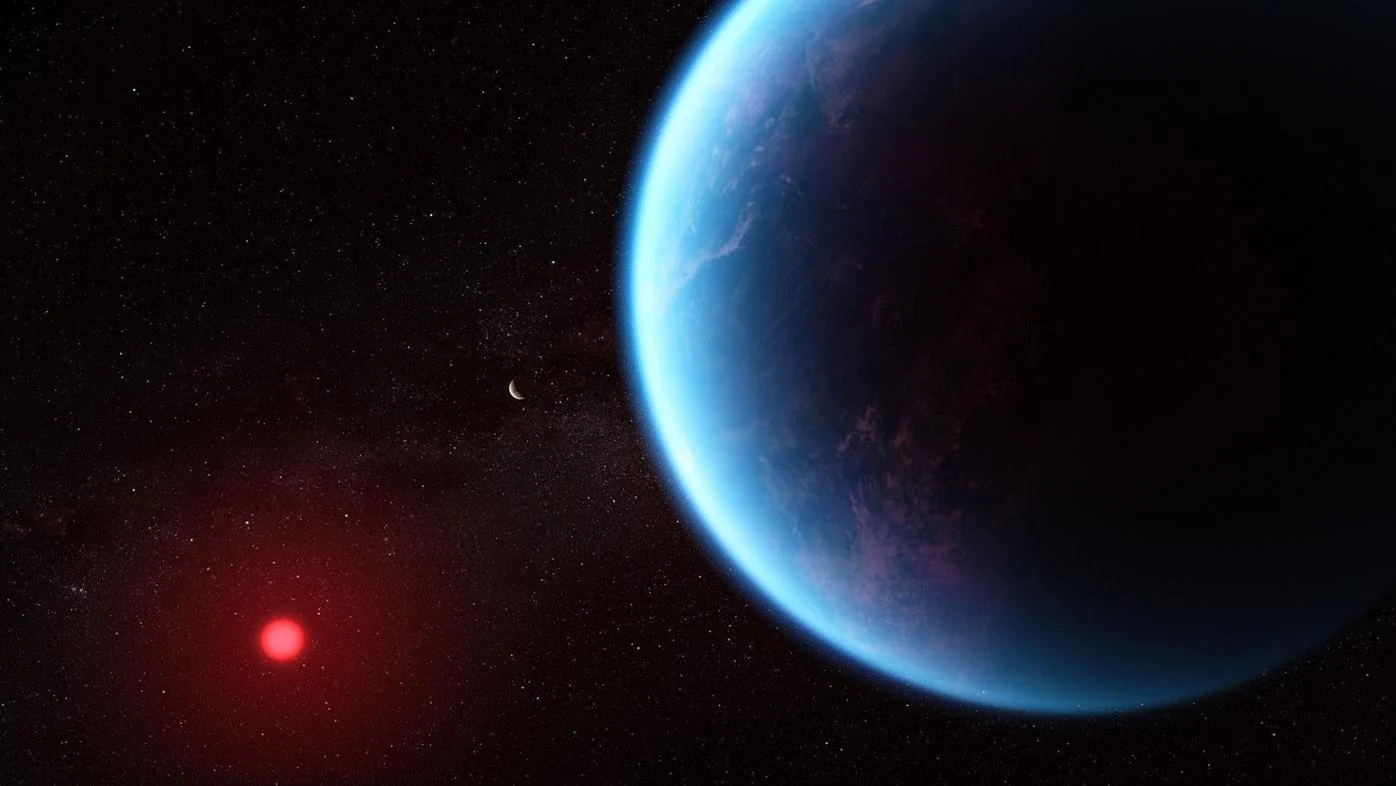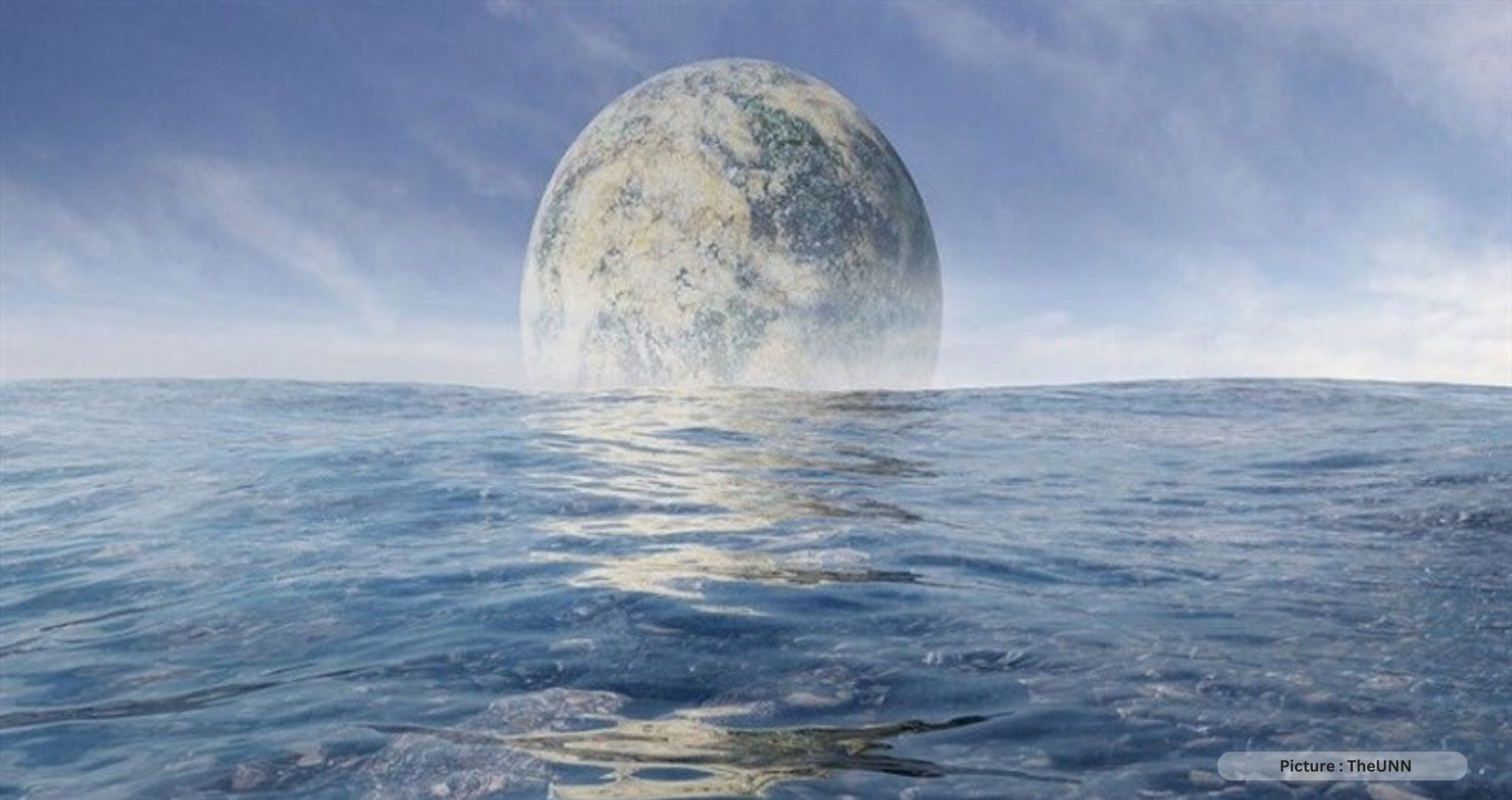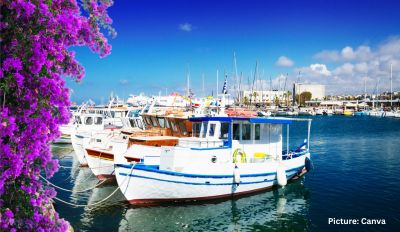Water might be present on the surface of an enormous celestial body located approximately 120 light-years away from Earth, as per recent discoveries made by the James Webb Space Telescope. This space-based observatory, renowned for its advanced astronomical capabilities, has unearthed intriguing clues indicating that the exoplanet K2-18b could possess essential characteristics conducive to the existence of water and potentially life.
K2-18b is situated in close proximity to the cool dwarf star K2-18, occupying what scientists refer to as the “habitable” or “Goldilocks” zone around the star. This zone is deemed suitable for supporting liquid water and, consequently, life. In terms of mass, K2-18b is approximately 8.6 times that of Earth. An extensive analysis of the observations made by the Webb telescope has disclosed the presence of substantial quantities of methane and carbon dioxide in the exoplanet’s atmosphere.
The detection of these carbon-based molecules, coupled with a limited presence of ammonia, suggests the potential existence of an atmosphere rich in hydrogen encompassing an oceanic world, according to a statement from NASA. Carbon, recognized as the fundamental building block of life on Earth, has sparked significant interest among scientists exploring extraterrestrial environments.

This intriguing journey into the possibility of water and life on K2-18b began with the Hubble Space Telescope, which initially detected indications of water vapor in the exoplanet’s atmosphere. This discovery, detailed in a September 2019 study, served as a catalyst for intensified investigation into K2-18b’s unique attributes.
The Webb telescope, with its capacity to detect infrared light that escapes human perception, embarked on a quest to precisely identify the elements present within the planet’s atmosphere. The most recent findings from these observations also suggest the potential presence of a distinctive molecule known as dimethyl sulfide on K2-18b.
Dimethyl sulfide on Earth is exclusively produced by living organisms, primarily phytoplankton in marine environments, according to NASA. However, researchers remain cautious in their assertions, emphasizing that further investigation is necessary to confirm the existence of dimethyl sulfide on K2-18b. Moreover, even if the presence of this chemical compound is corroborated, it does not guarantee the existence of life forms on the exoplanet.
Despite the absence of definitive claims regarding alien life on K2-18b, this new evidence serves to broaden our comprehension of exoplanets resembling K2-18b. The insights gleaned from the examination of its atmospheric composition indicate that it might belong to a category known as “Hycean exoplanets.” These hypothetical celestial bodies are characterized by high temperatures, extensive oceanic coverage, and hydrogen-rich atmospheres.
The existence of liquid oceans on Hycean exoplanets offers the potential for sustaining life, although there are lingering uncertainties about their habitability. A study published in The Astrophysical Journal in August points out that these planets could undergo a severe greenhouse effect, potentially rendering them inhospitable.
It is important to note that there are currently no confirmed instances of Hycean exoplanets. Furthermore, K2-18b is an extraordinary entity within our own solar system, which makes planets resembling it poorly understood, as acknowledged by NASA. The scientific community is actively engaged in debating the nature of their atmospheres, as highlighted in a NASA news release.
Nonetheless, scientists involved in the analysis of the recent observations of K2-18b emphasize the significance of unraveling its mysteries. Nikku Madhusudhan, an astronomer and professor of astrophysics and exoplanetary science at the University of Cambridge, who is the lead author of the forthcoming scientific paper detailing these findings, suggests that while further research is required to substantiate the presence of dimethyl sulfide and its implications, the results constitute a promising step in comprehending Hycean worlds. Madhusudhan articulated, “Our ultimate goal is the identification of life on a habitable exoplanet, which would transform our understanding of our place in the universe. Our findings are a promising step towards a deeper understanding of Hycean worlds in this quest.”
In pursuit of this quest for knowledge, researchers intend to leverage the capabilities of the Webb telescope to conduct additional investigations of this distant exoplanet. These subsequent efforts aim to validate and expand upon the newly uncovered insights. Savvas Constantinou, a doctoral student of astrophysics at the University of Cambridge and a co-author of the latest study, noted, “These results are the product of just two observations of K2-18 b, with many more on the way. This means our work here is but an early demonstration of what Webb can observe in habitable-zone exoplanets.”
In summary, the James Webb Space Telescope’s observations have ignited tantalizing possibilities regarding the presence of water and potentially life on the exoplanet K2-18b, situated in the habitable zone of the star K2-18. While this evidence offers promising insights into the composition of its atmosphere, researchers remain cautious about making definitive claims regarding the existence of life on this distant celestial body. Nonetheless, the pursuit of knowledge regarding exoplanets like K2-18b continues to drive scientific exploration and expand our understanding of the universe.











